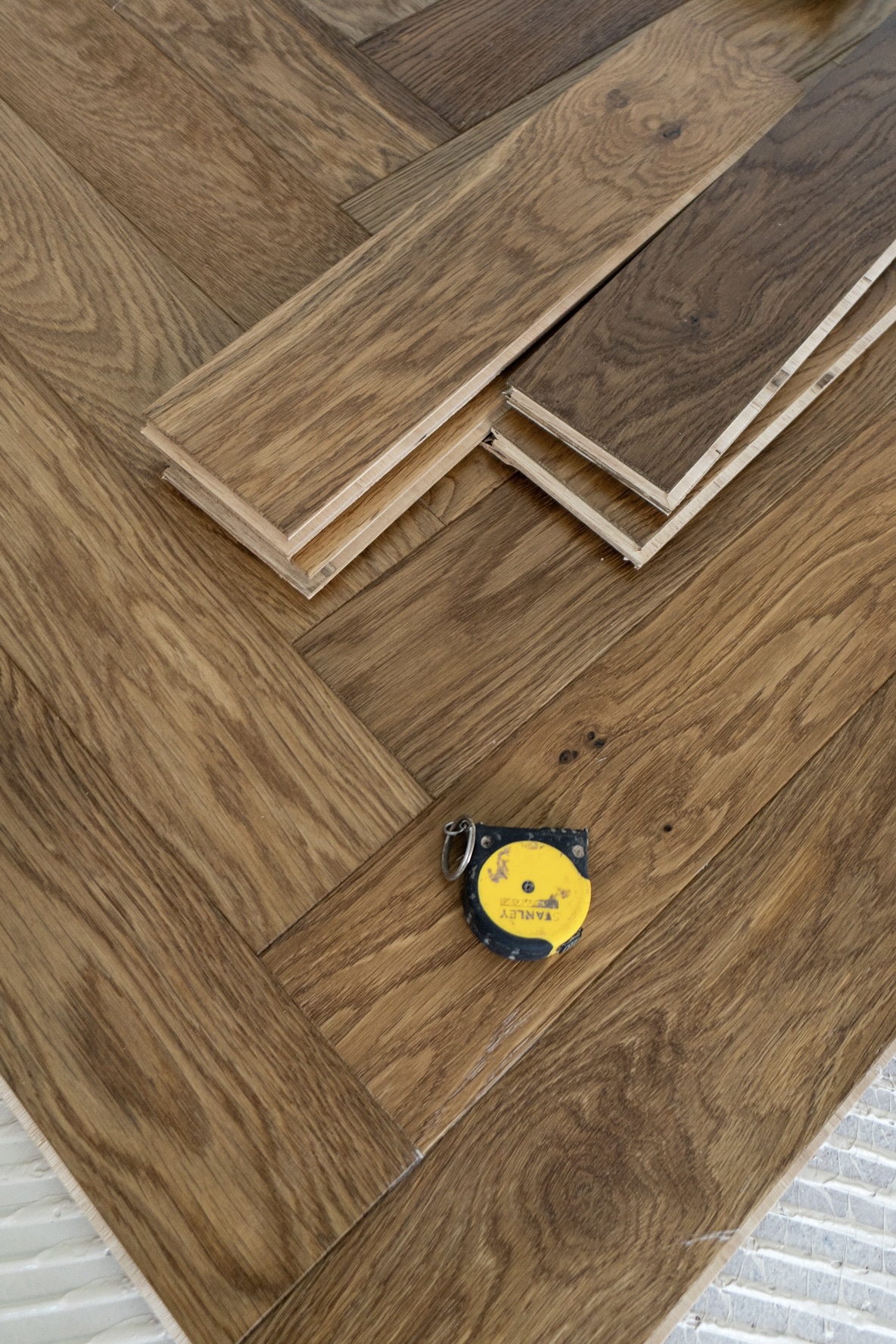Is Engineered Wood Better than Laminate?

Whether engineered wood is better than laminate depends on your specific needs and preferences, as both materials have their own advantages and disadvantages. Here’s a comparison of the two:
Appearance and Aesthetics:
Engineered Wood: Engineered wood has a more authentic and natural appearance because it is made from real wood veneer. It can mimic the look of hardwood flooring and often has a richer, more genuine texture and grain pattern.
Laminate: Laminate flooring can mimic the appearance of wood, but it typically lacks the depth and authenticity of engineered wood. The surface is a high-resolution photograph of wood, so it may not look as genuine.
Durability:
Engineered Wood: Engineered wood is generally more durable than laminate because it contains a layer of real wood on the top. This makes it more resistant to scratches and wear. However, its durability can vary depending on the thickness of the top veneer.
Laminate: Laminate is made of multiple layers of synthetic materials, and while it is durable and resistant to stains and moisture, it is more prone to scratching and damage from heavy impacts.
Moisture Resistance:
Engineered Wood: Engineered wood has some resistance to moisture but is not as suitable for areas with high humidity or exposure to water. It can warp or swell when exposed to excessive moisture.
Laminate: Laminate is more moisture-resistant than engineered wood due to its synthetic construction. It is a better choice for areas prone to moisture, such as kitchens and bathrooms.
Installation:
Engineered Wood: Engineered wood can be installed using various methods, including glue-down, nail-down, or floating installations. It may require more skill and time for installation, depending on the chosen method.
Laminate: Laminate is typically easier to install than engineered wood. Many laminate products come with click-and-lock systems that make DIY installation feasible for many homeowners.
Cost:
Engineered Wood: Engineered wood is generally more expensive than laminate because it contains real wood. Prices can vary widely depending on the quality and species of wood used.
Laminate: Laminate is usually more budget-friendly compared to engineered wood, making it a cost-effective option for those on a tight budget.
Environmental Impact:
Engineered Wood: Engineered wood is considered more environmentally friendly than solid hardwood because it uses less real wood. However, the environmental impact can still vary depending on the sourcing and production practices of the manufacturer.
Laminate: Laminate is often made from high-density fiberboard (HDF), which contains wood fibers and synthetic resins. The environmental impact depends on the source of the materials and manufacturing processes.
Ultimately, the choice between engineered wood and laminate flooring comes down to your specific requirements, budget, and aesthetic preferences. Consider factors like the room’s purpose, expected foot traffic, maintenance needs, and your willingness to invest in the material when making your decision.





